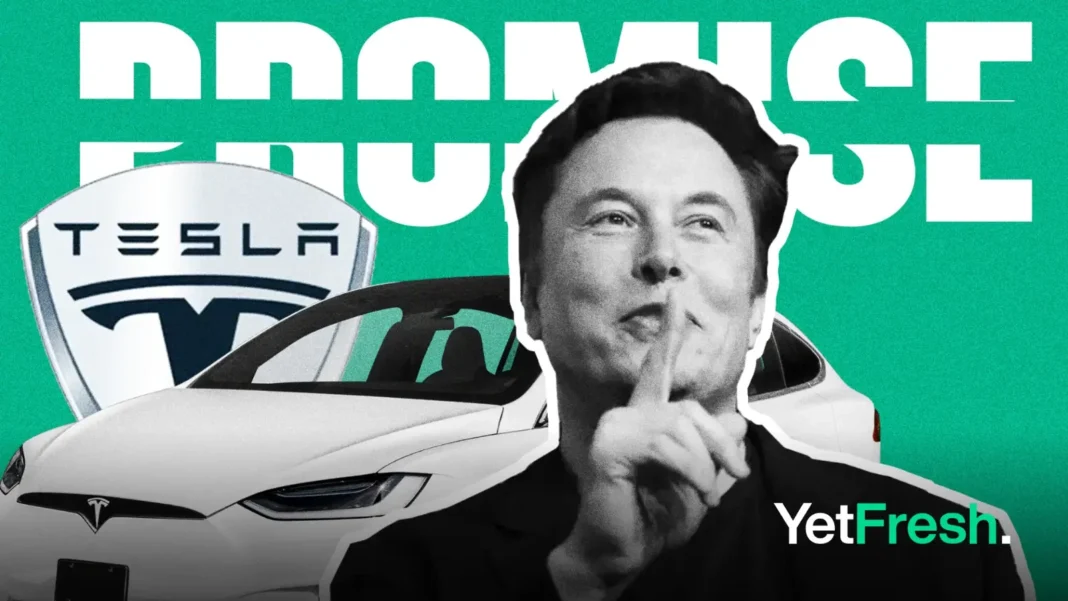No time to read? Just listen to the news!
TL;DR
- Tesla has deleted a 2016 blog post that promised all new cars would have Full Self-Driving (FSD) hardware.
- The company has removed all blog content published before 2019, raising suspicions about its intent to hide past claims.
- Tesla’s promise of full autonomy remains unfulfilled, with recent updates favoring newer hardware over older models.
- CEO Elon Musk hinted that Hardware 3 might soon be outdated, contradicting previous assurances of future-proofing all Tesla vehicles.
Tesla has recently taken down an October 2016 blog post from its website, raising questions and concerns about the company’s past promises regarding Full Self-Driving (FSD) hardware. The removed post had confidently stated that “all Tesla cars being produced” would have “Full Self-Driving hardware,” assuring customers that continuous over-the-air software updates would make every Tesla more capable over time, including those equipped with first-generation Autopilot.
The deletion is not limited to this specific post. As reported by Electrek, Tesla has removed all blog content published before 2019, sparking speculation about the motivations behind these actions. Some online commenters, particularly on Reddit, have suggested that the company might be trying to obscure information, whether related to self-driving capabilities or other topics.
The decision to remove the blog post coincides with a growing acknowledgment that Tesla’s promise of full autonomy is still far from being realized. Despite ongoing efforts and the deployment of its controversial $15,000 FSD software, the technology remains years away from achieving true full autonomy. Tesla’s approach, which involves using the public to beta test its driver assistance features, has led to numerous incidents, with drivers placing undue trust in the company’s marketing of its capabilities.
Adding to the concerns, Tesla CEO Elon Musk has recently indicated that the company’s Hardware 3 Autopilot computer may soon be obsolete. Future developments in FSD technology will likely require an upgrade, which appears to contradict Tesla’s 2016 assurance that all vehicles would be capable of full autonomy, regardless of hardware.
Recent software updates have focused on vehicles equipped with the newer Hardware 4 computers, further emphasizing the potential limitations for those relying on the older Hardware 3. Musk himself has acknowledged the challenges, stating that optimizing the code to run on Hardware 3 requires “considerable software effort.”
Initially, Tesla provided free hardware upgrades to customers who purchased the FSD add-on outright. However, those who later chose to subscribe to the software have faced additional costs ranging from $1,000 to $1,500.
With the removal of its older blog posts, questions remain about Tesla’s stance on its original promises. Has the company abandoned the claim that its entire fleet will soon achieve full autonomy, or is it attempting to erase evidence of its earlier commitments? This is not the first instance where Tesla’s claims have come under scrutiny. Musk has repeatedly stated that full self-driving would be a reality “next year” every year since 2014, a prediction that has yet to come true.




